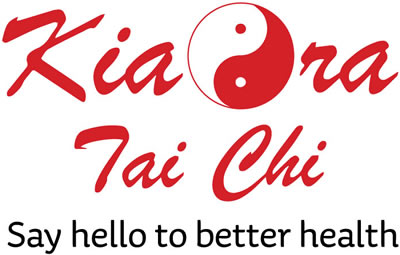Say kia ora to tai chi – anywhere, anytime

Samarkand, Uzbekistan
There’s a lot to love about tai chi – especially that you can do it almost anywhere, at any time.
Wherever I am during the day and across the world, it is easy to practice tai chi. One of my most memorable tai chi locations was in the Kyzylkum (Qizilqum) Desert in Uzbekistan. The word “Qizilqum” means “Red Sand” in the Uzbek language. I had an exotic, Uzbek-carpeted platform to stand on and the early morning sun rays stretched my shadow far across the desert. Fabulous. It was also very cold and I needed all of my Qi (energy flow) to keep warm.

Kyzylkum Desert in Uzbekistan
Further below, I’ve uploaded a few of my favourite spots around the world where I’ve tried tai chi.
You don’t need a special uniform or equipment to do tai chi and you don’t need to go to a gym. Whether at home, at work or when travelling you can practice tai chi in your lounge, the park, the beach, at your desk, on a plane or in your campsite or hotel room. You don’t have to wait until the rain stops or for the sun to be less hot. The benefits of tai chi are the same, whether indoors or outside.
There is no ‘proper’ time of day, either. While you might find it easier to have a set time per day for tai chi, there is never just ONE chance per day. Some people prefer mornings, while others choose an afternoon or evening session. 15-20 minutes per day is great, although you could get benefits from just five minutes of tai chi daily. However, 10 minutes are better than five and 15 minutes are better than 10.

Halong Bay, Vietnam
If you only have five minutes to spare on some days, then that is better than nothing. However, it is vital to warm up before you do tai chi. So, if all you have is 5-10 minutes, then just concentrate on the warm-up exercises and your breathing. Gently do a small number of these exercises according to the limited time you have, rather than try to rush through the full set. Or, just try the breathing exercises, as in the Open & Close movement in the Sun-style Tai Chi for Arthritis programme. This is perfect when sitting at your desk at work.
However, to receive the full benefits from tai chi, then you need to be doing it daily and for longer than five minutes. Still, it is better to make a start with a short session than to do nothing.
What are the benefits of Tai Chi for Arthritis?
- Increases strength and flexibility
- Decreases pain in joints
- Decreases stress
- Helps reduce high blood pressure
- Increases sense of well-being
- Improves balance.
- Find out more in this fact sheet for health care professionals.
Anywhere, anytime – say Kia Ora (Hello) to tai chi. Start today and keep it going.
Find out more from Dr Paul Lam:
- On tai chi breathing

Abbey Road crossing, London, England
- The essential tai chi principles
- More ways to improve your tai chi




